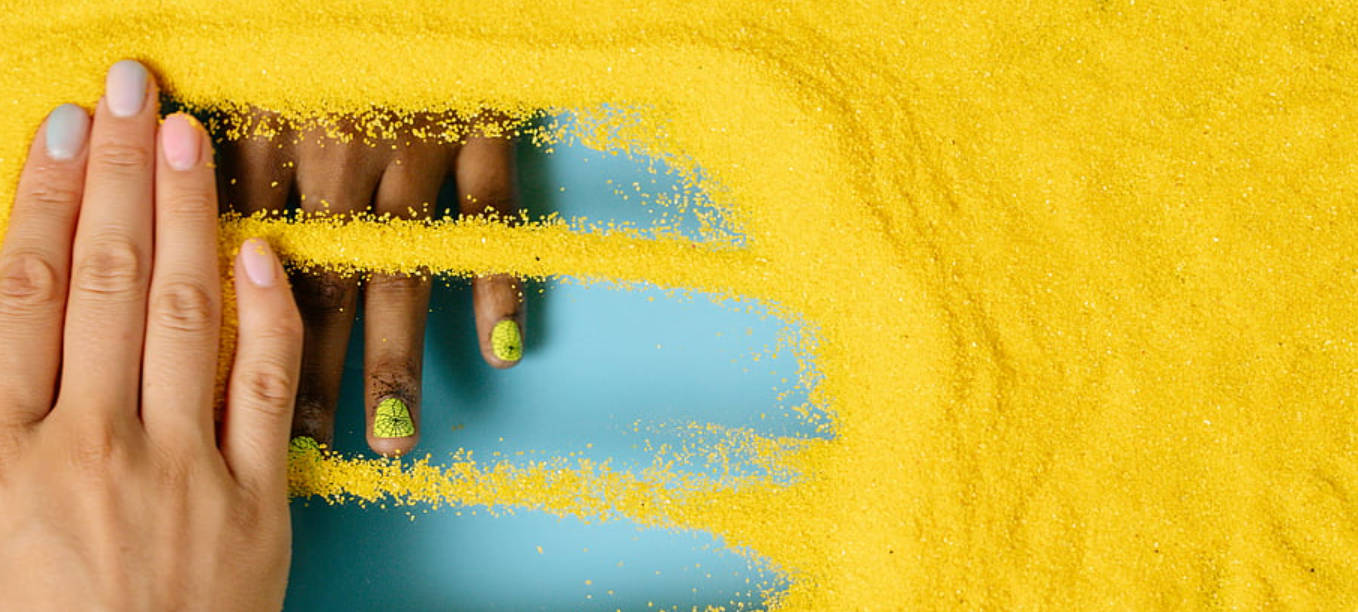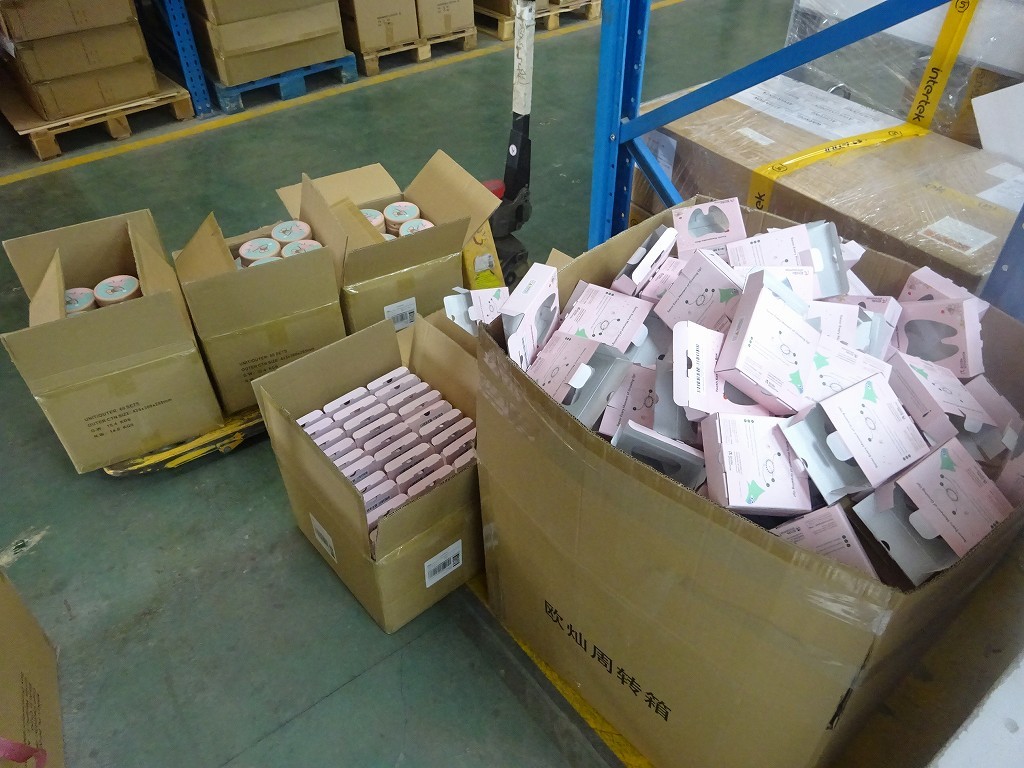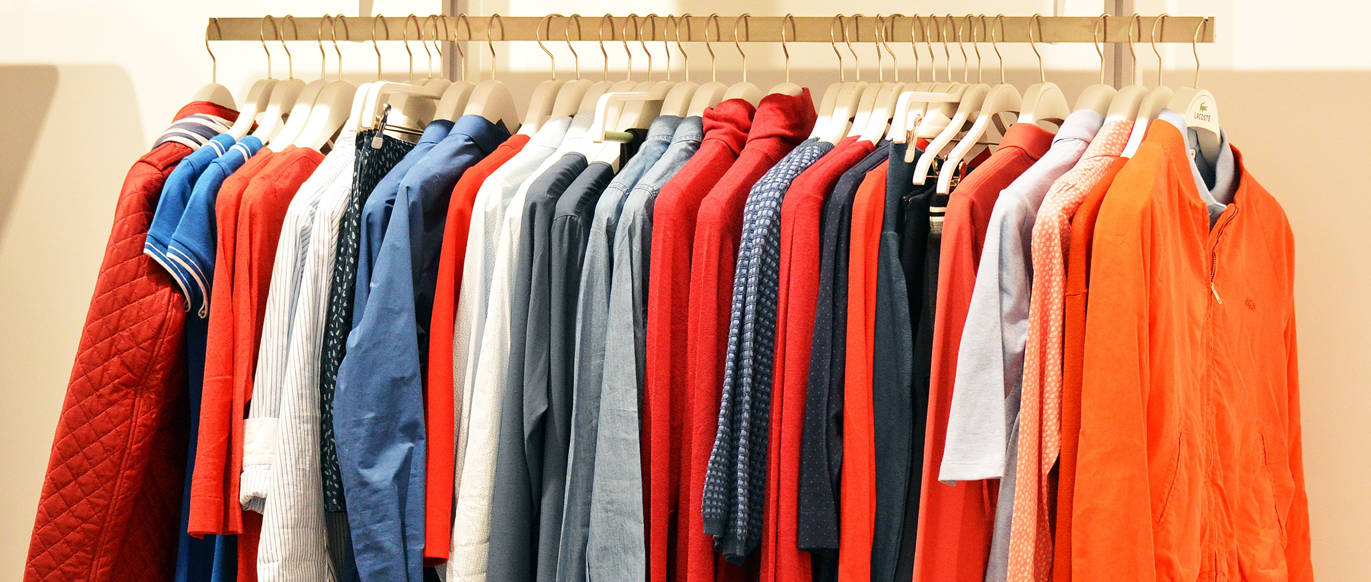The sealing performance of medical protective clothing stands as a fundamental barrier against the transmission of infectious agents, thereby playing a pivotal role in the safety and protection of healthcare professionals and patients alike. This comprehensive guide delves into the crucial aspects of inspecting medical protective clothing to ensure its sealing performance is up to par, highlighting the significance of meticulous inspection processes in guaranteeing the effectiveness and reliability of these vital protective measures.
Contents
1. The Critical Role of Sealing Performance
Medical protective clothing serves as the first line of defense against hazardous substances, including pathogens, chemicals, and bodily fluids. The integrity of the garment’s seal is paramount in preventing the penetration of these harmful substances, ensuring the wearer’s safety and reducing the risk of cross-contamination. Rigorous inspection protocols are essential to verify that the sealing performance of medical protective clothing meets the stringent standards required for optimal protection.
2. Inspection Guidelines for Ensuring Sealing Integrity
2.1 Evaluating Heat Sealing Integrity
Heat sealing is a crucial process in the manufacture of medical protective clothing, creating a robust seal that safeguards against the ingress of harmful agents. Key aspects to assess during inspection include:
- Seal Width and Strength: Ensuring the seal’s width and strength are consistent and comply with specified requirements is vital for maintaining the garment’s protective barrier.
- Uniformity of Sealing: The heat-sealed areas must be uniform, without any gaps or inconsistencies that could compromise the garment’s integrity.
2.2 Material Compatibility Assessment
The efficacy of the heat sealing process depends significantly on the compatibility of the materials used. It’s imperative to ensure that the sealing process does not compromise the material’s barrier properties, maintaining a secure bond that prevents breaches.
2.3 Visual Inspection for Defects
A thorough visual inspection can reveal defects that might compromise the garment’s integrity, focusing on:
- Sealing Area and Seam Integrity: Inspecting for visible defects, ensuring seams are evenly sealed and free from fraying.
- Bonding Uniformity: Checking for consistent bonding to prevent weak seals.
2.4 Advanced Leak Testing Methods
Leak testing is critical in evaluating the garment’s sealing performance, with methods including:
- Water Immersion and Air Inflation Tests: Detecting water or air penetration to identify sealing issues.
- Visual Indicator Test: Using colored liquids or powders to reveal any penetration, indicating leaks.
3. Adherence to Standards and Regulations
Compliance with international standards, such as ISO 16603 and ISO 22610, is crucial in ensuring the sealing performance of medical protective clothing. These standards serve as benchmarks for the garment’s resistance to penetration by blood, body fluids, and microbial agents, underscoring the importance of adherence to these regulations during the inspection process.
4. Ensuring Safety Through Rigorous Inspection
The sealing performance of medical protective clothing is a critical determinant of its effectiveness in providing safety and protection in high-risk environments. By emphasizing key inspection criteria such as heat sealing integrity, material compatibility, meticulous visual inspection, and comprehensive leak testing, we can ensure the reliability and effectiveness of these essential garments. Adhering to established standards and regulations further reinforces the commitment to safeguarding healthcare professionals, offering peace of mind and enhanced protection against the transmission of infectious agents.






